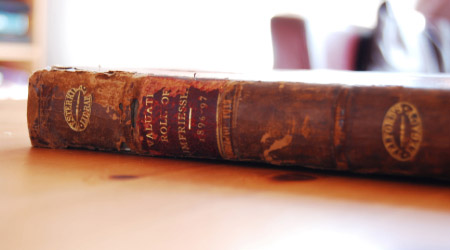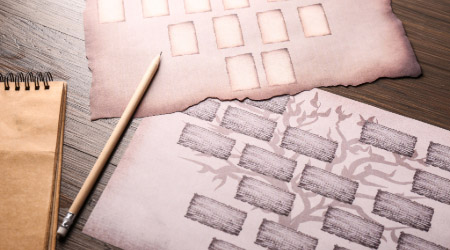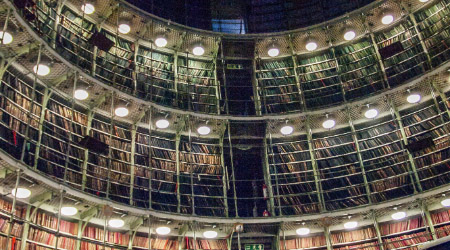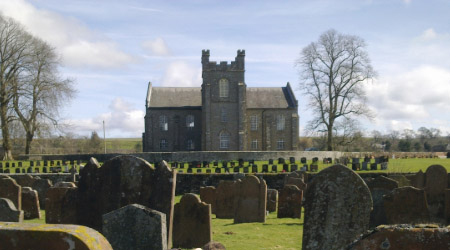Learning Zone - Census in Scotland
Quick facts
The first national government census was taken in Scotland in 1801, and followed by those of 1811, 1821 and 1831. For these first four census years only the statistical data has survived, apart from a few minor exceptions where personal data has been kept. For details of these valuable surviving 1801-1831 census records and also other pre-1841 parish and population lists see this section.
From 1841 onwards, personal details on each individual from the original census forms, known as schedules, filled in by the householder (with the assistance of the enumerator, or local census official, if necessary), were copied into what were called enumeration books. The original schedules have since been destroyed for all Scottish censuses up to at least 1921, the data being accessible to us by means of the enumeration books.
Top Tip: When researching it can be good to bear in mind the exact date the census was taken, as it varied between census years. Whilst ages are not always precise you can sometimes use the following dates to help you:
1841 - taken on the night of 6 June 1841
1851 - taken on the night of 30 March 1851
1861 - taken on the night of 7 April 1861
1871 - taken on the night of 2 April 1871
1881 - taken on the night of 3 April 1881
1891 - taken on the night of 5 April 1891
1901 - taken on the night of 31 March 1901
1911 - taken on the night of 2 April 1911
1921 - taken on the night of 19 June 1921: not yet available to the public
1931 - taken on the night of 26 April 1931: not destroyed as in the case of the 1931 England & Wales census, but not yet available to the public.
1941 - Not taken due to the Second World War: see the 1939 National Identity Card.
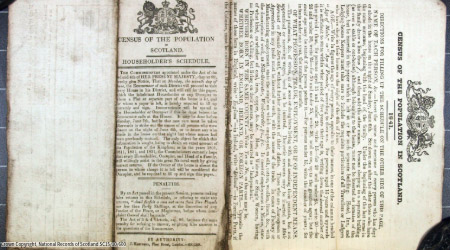
1841-1861 Census Coverage on Scottish Indexes |
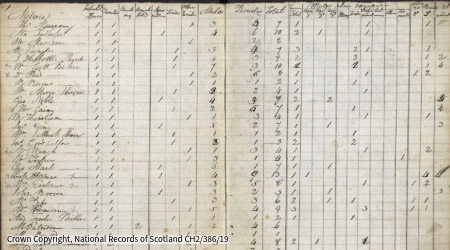
Search pre-1841 Censuses and Population Lists |
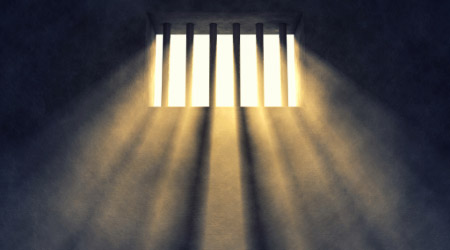
Scotland's Criminal Database |
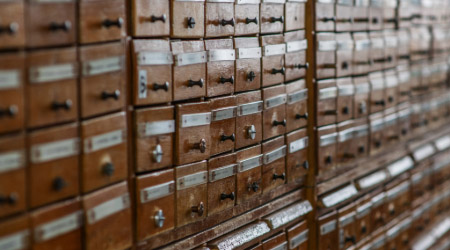
Record Sets |

1841-1861 Census Coverage on Scottish Indexes |

Search pre-1841 Censuses and Population Lists |

Scotland's Criminal Database |

Record Sets |
1841
Taken on the night of 6 June 1841 across Scotland, this census records the following:
County, Parish, Address, Name of each member of household (the maiden surnames of wives and widows are sometimes recorded in early Scottish census records), the age of each member of the household - note that ages over 15 were rounded to down to the nearest five years (this means a person age 23 would be entered as 20 and a person aged 69 would be entered as 65, although not all enumerators followed the instructions correctly!), whether male or female, occupation, whether born within the county the census was being taken in (this can give a rough birthplace for people who hadn’t moved far from home) or whether born in Ireland, England, or "Foreign Parts".
Top Tip: As this census was taken in the summer a lot of farm workers were away from home, expect to find many unmarried persons over the age of about 12-14 to be found working away from home.
1851
Taken on the night of 30 March 1851, this census is far more informative to the genealogist than that of 1841. No longer are ages rounded, and we now find marital status and relationships too. As this is still before the start of civil registration in Scotland in 1855 it can be a really key record when you are tracing your family history. Here is a list of what you should expect to find recorded in the 1851 census:
County, Parish, Address, Name of each member of household (the maiden surnames of wives and widows are sometimes recorded in early Scottish census records), the age of each member of the household, whether male or female, relationship to head of household, marital status, occupation, birthplace (usually the county and parish or town if born in Scotland, and country if born elsewhere, but occasionally even more informative), and whether blind, or "deaf and dumb".
Top Tip: Relationships can be entered in an unexpected way. Daughter-in-law, for example, is sometimes used for a step-daughter or adopted daughter. Just something to bear in mind if things don’t seem to make sense.
1861-1901
The 1861 census, taken on the night of 7 April 1861, was the first census which can give you some indication as to the size of the house your ancestors lived in. It gives us the total number of rooms with windows. This information, also recorded in all subsequent censuses down to 1911, can be very helpful when you are trying to identify which house in a village your ancestors lived in. The number of children attending school was also first recorded in 1861, which set the pattern for census records down to 1901, which otherwise varied little from that of 1851 apart from a few more classifications of disability, and the introduction of information on Gaelic speaking from 1881 onwards. From 1891 onwards, details of employment or self-employment were also recorded.
Top Tip: If you are struggling to find your family in the census use wildcards. Name variations are common in all historical records.1911
The 1911 census, taken on the night of 2 April 1911, was the first census to record information on the duration of marriage and the fertility of women. The years the current marriage had lasted were recorded, as well as the number of children, living and deceased.
1921
The 1921 census, taken on the night of 19 June 1911, was the first census to record ages in years and months and also included the names of employers, as well as details on whether the parents of children were alive or dead.
Searching the Census
The 1841-1901 census is available in a variety of places. You may also be able to access the microfilm rolls in your local library or family history society. The 1911 census and 1921 census have not been published on microfilm. The digital images can be purchased at 50 pence per page from ScotlandsPeople, which has limited the number of indexing projects by family history societies etc. This means that the Scottish 1911 and 1921 census records are only available on the government website www.scotlandspeople.gov.uk. There are transcriptions of the 1841-1901 census records on a variety of websites and a lot of work has been done by family history societies too.
www.scotlandspeople.gov.uk
1841-1921: index and images
Pay-per-view - limited search features
www.findmypast.co.uk
1841-1901: index and transcription
Multiple ways to search, including by address
www.ancestry.com
1841-1901: index and transcription
Multiple ways to search, including by address
www.www.freecen.org.uk
1841-1891: index and full transcription
Free! Not complete - check coverage
www.scottishindexes.com
1841-1861: index and full transcription
Free! Not complete - check coverage
Struggling to find someone in 1911 or 1921?
ScotlandsPeople has only indexed Surname, Forename, Gender, Age at Census and Registration District (RD) name. If you are looking for someone called John Smith in Glasgow they can be virtually impossible to find and you have to pay for each image you check. There are a few tricks to save you some credits.
First of all, you can narrow down your searches using the 'Forename of other person on that census page' option. This can be very useful, but remember that it is 'on the page' not 'in the household'. If you are looking for John Smith with a wife named Elizabeth you can put in 'Elizabeth'. This will narrow down your list but also show all the John Smiths with neighbours and daughters called Elizabeth.
In large towns and cities the Street indexes are helpful. There are 31 street indexes for the 1911 census and these are available for free at the National Records of Scotland. If you know the street your ancestors lived on, use these to find the reference then cross reference that on your search results.
There are only 10 street indexes for the 1921 census. These are also available for free on the website of the National Records of Scotland.

